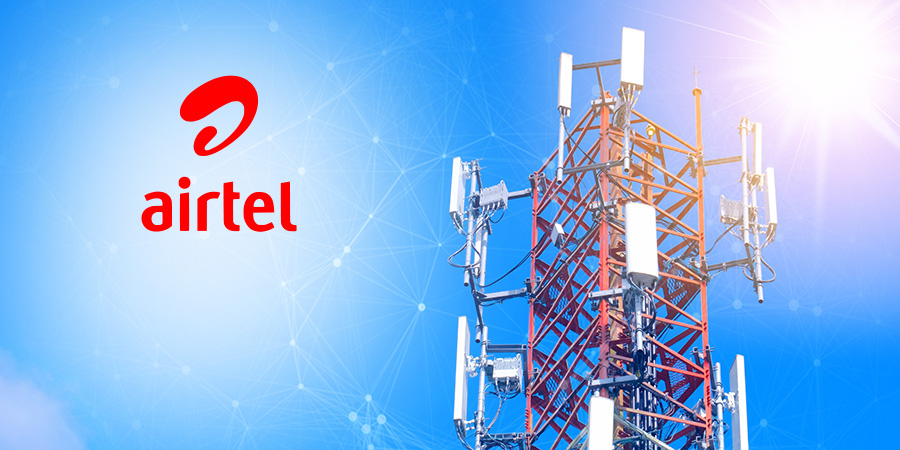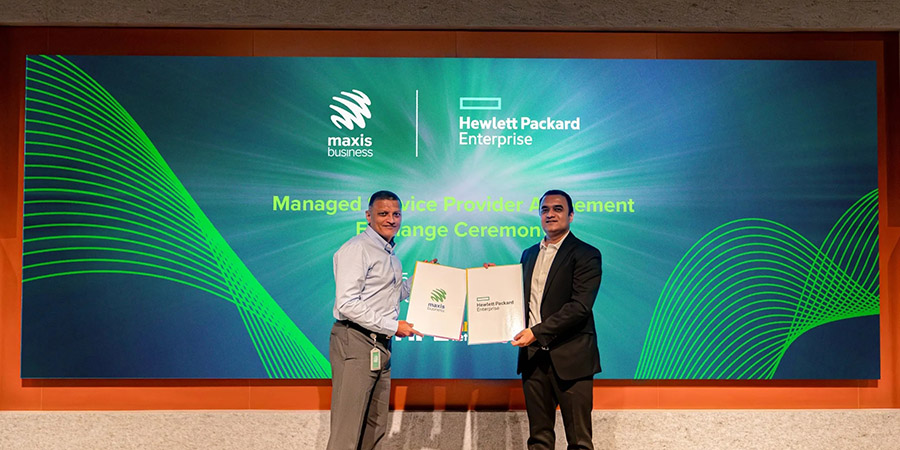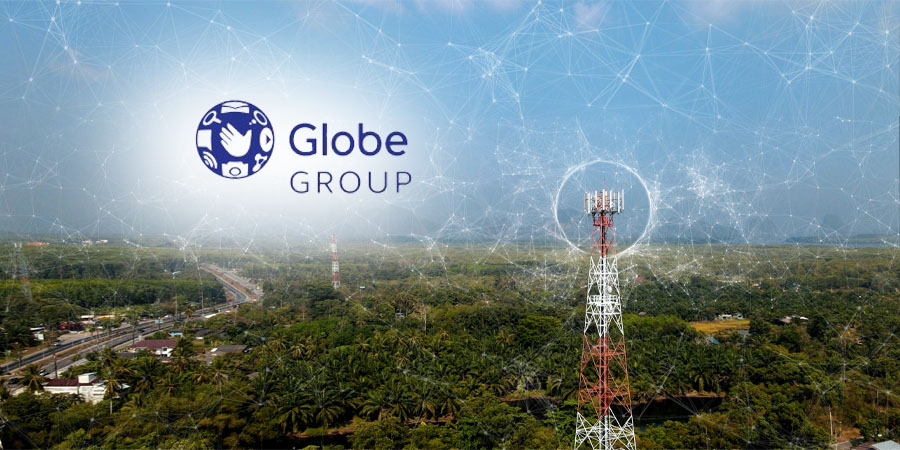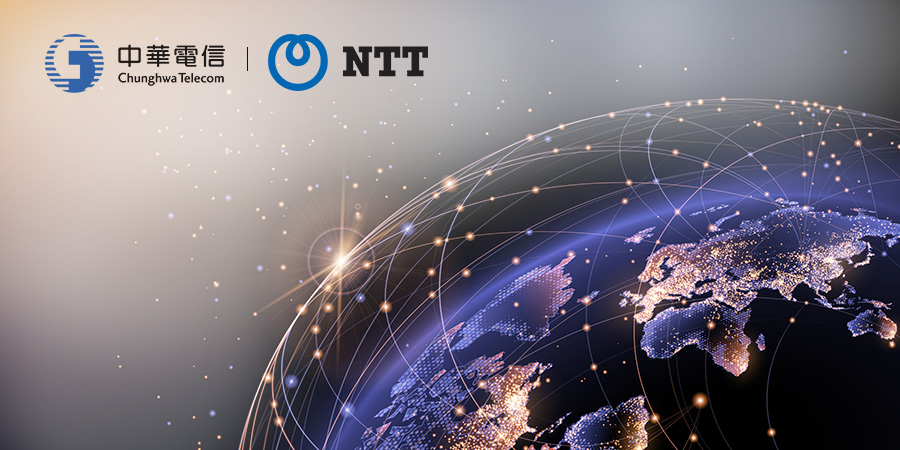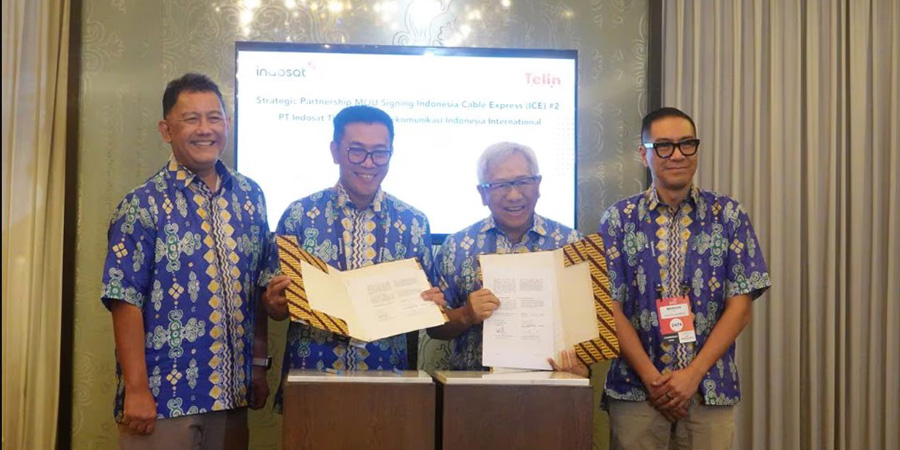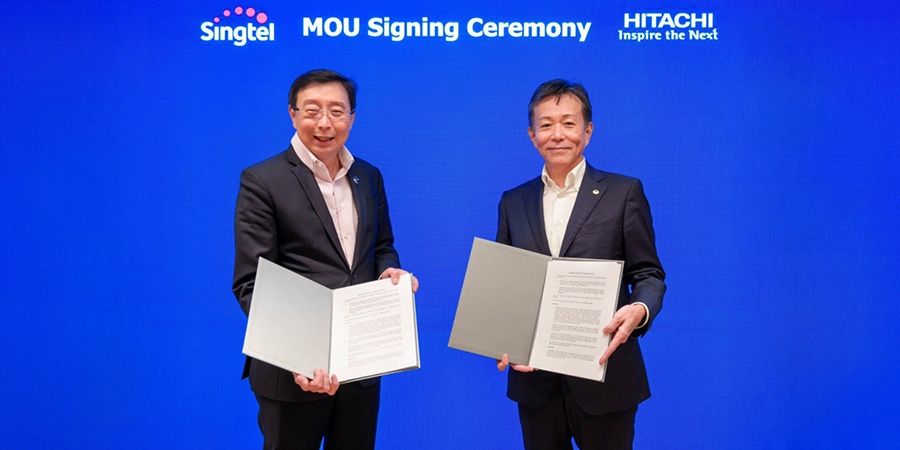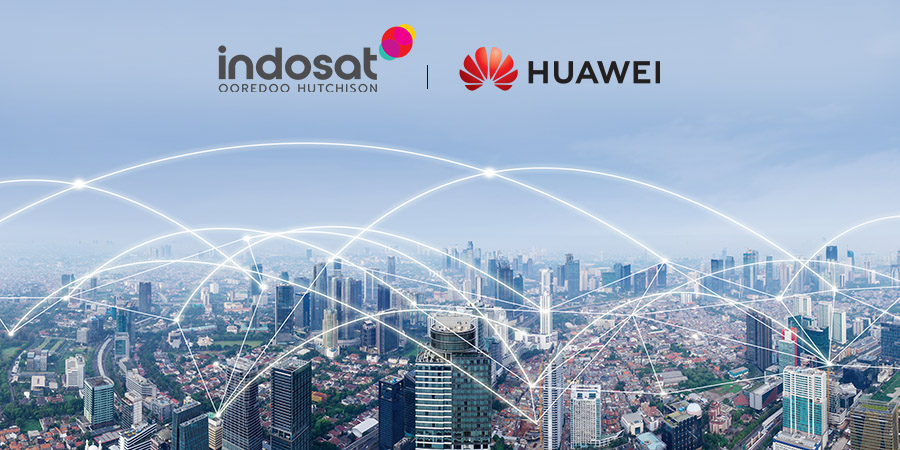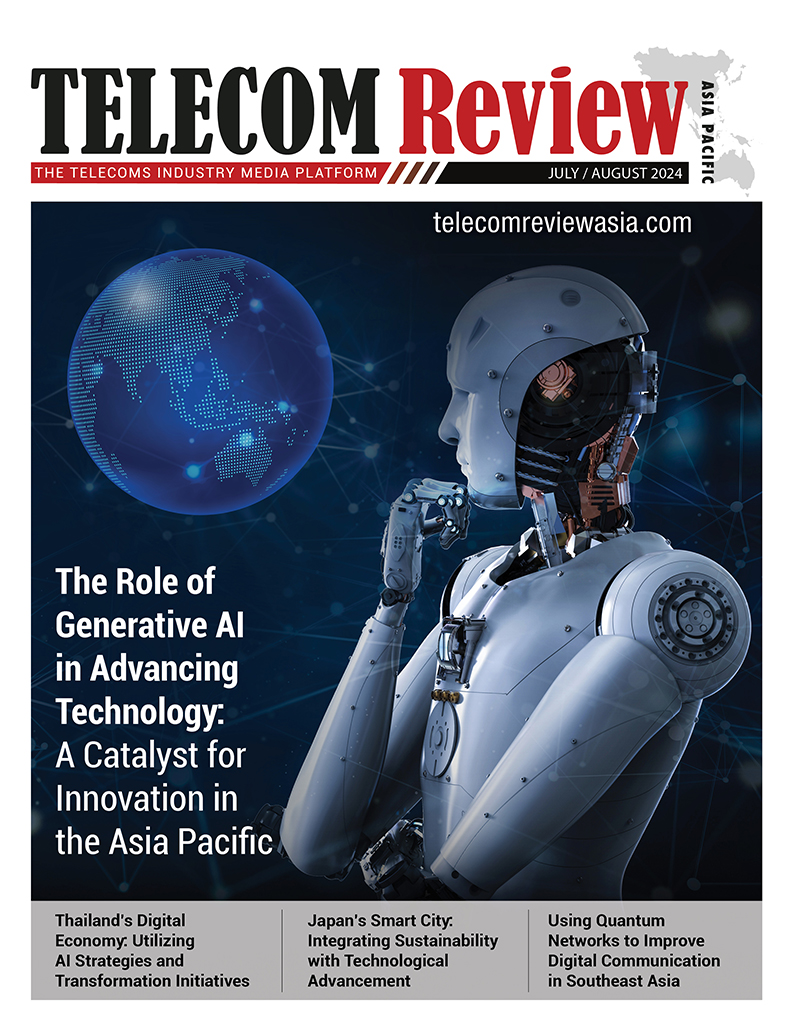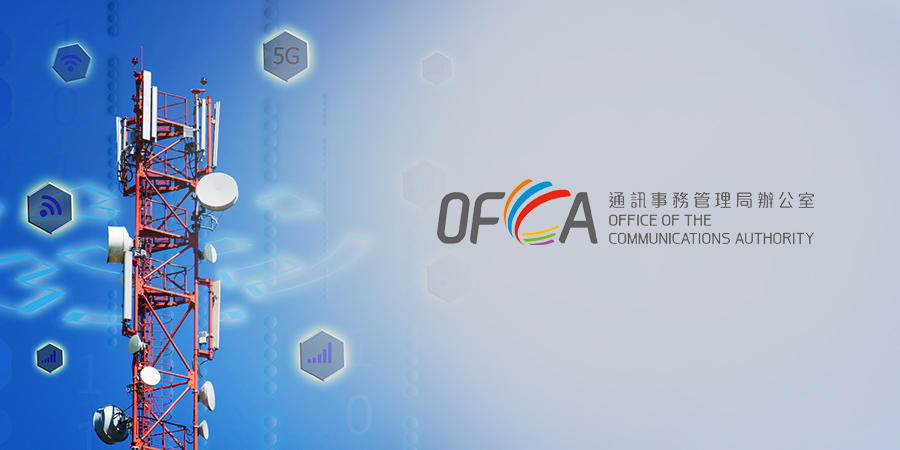The Asia Pacific fiber optics market anticipates a robust compound annual growth rate (CAGR) of 9.0% from 2023 to 2030. The region is undergoing a technological transformation, emphasizing smart cities, Internet of Things (IoT) integration, and advancements in healthcare systems.
A Growing Fiber Optics Market
Fiber optics play a crucial role in supporting these initiatives, providing high-speed and low-latency communication for real-time data transmission. The increasing adoption of fiber optic connectors further propels market growth, serving as a cornerstone for reliable and high-speed communication in the Asia Pacific region.
The Asia-Pacific fiber optics market is experiencing a surge in growth, driven by the adoption of cutting-edge technologies like Wavelength Division Multiplexing (WDM) and Dense Wavelength Division Multiplexing (DWDM). These technologies enhance data capacity by transmitting multiple light wavelengths over a single fiber.
A notable example is Bharti Airtel's collaboration with Ribbon Communications Inc. in February 2023 to expand its DWDM network, supporting applications such as 5G, cloud computing, and video streaming.
Further contributing to market expansion is the increasing use of fiber optic cables beneath the sea in Asia. This trend has significantly improved connectivity between countries, boosting network capacity and spectral efficiency. The deployment of undersea fiber optic cables— exemplified by the Asia-Africa-Europe 1 submarine (AAE-1) cable system spanning over 25,000 kilometers— connects multiple countries across Asia, the Middle East, Africa, and Europe. As the demand for fast data transmission and reliable connectivity grows, the utilization of undersea fiber optic cables is expected to rise, driving continued market growth in the region.
The telecom segment asserted its dominance in the Asia-Pacific fiber optics market, securing a substantial revenue share of 39.6%. The telecom sector in the region plays a pivotal role by offering an array of advantages, most notably a significantly higher bandwidth capacity. This enhanced capacity allows telecommunication providers to meet the demands of connected devices and data-intensive applications, ensuring a seamless user experience even during peak usage periods.
Key Players and Milestones of Fiber Optic Deployment
Mainland China had the highest total length of fiber optic cable deployment among developing markets, with 59.6 million kilometers installed. According to Kagan, fiber broadband subscribers will make up at least 90% of all broadband subscribers in mainland China by the end of 2027. China Mobile Ltd. spearheaded the fiber initiative, with an estimated 19.4 million kilometers of fiber cables installed.
In India, Reliance Jio Infocomm Ltd. (RJIL) outperformed all other FTTH providers within two years of its launch. By the end of 2022, the company had more than 7.6 million FTTH-connected residences, cementing its position as market leader. Bharti Airtel Ltd. is the second-largest fixed broadband operator in India. According to Airtel, the company will expand its FTTH footprint to over 500 new towns in India by 2022.
Japan and South Korea were pioneers in fiber network adoption, enabling nationwide fiber broadband services in the aughts. Both markets have focused on improving the speed and power efficiency of long-distance signal transmission through upgraded network infrastructure.
Looking ahead, the Asia-Pacific fiber optics market is positioned for continued expansion, fueled by technological innovation, strategic collaborations, and the imperative role of fiber optics in shaping the region's digital future.






